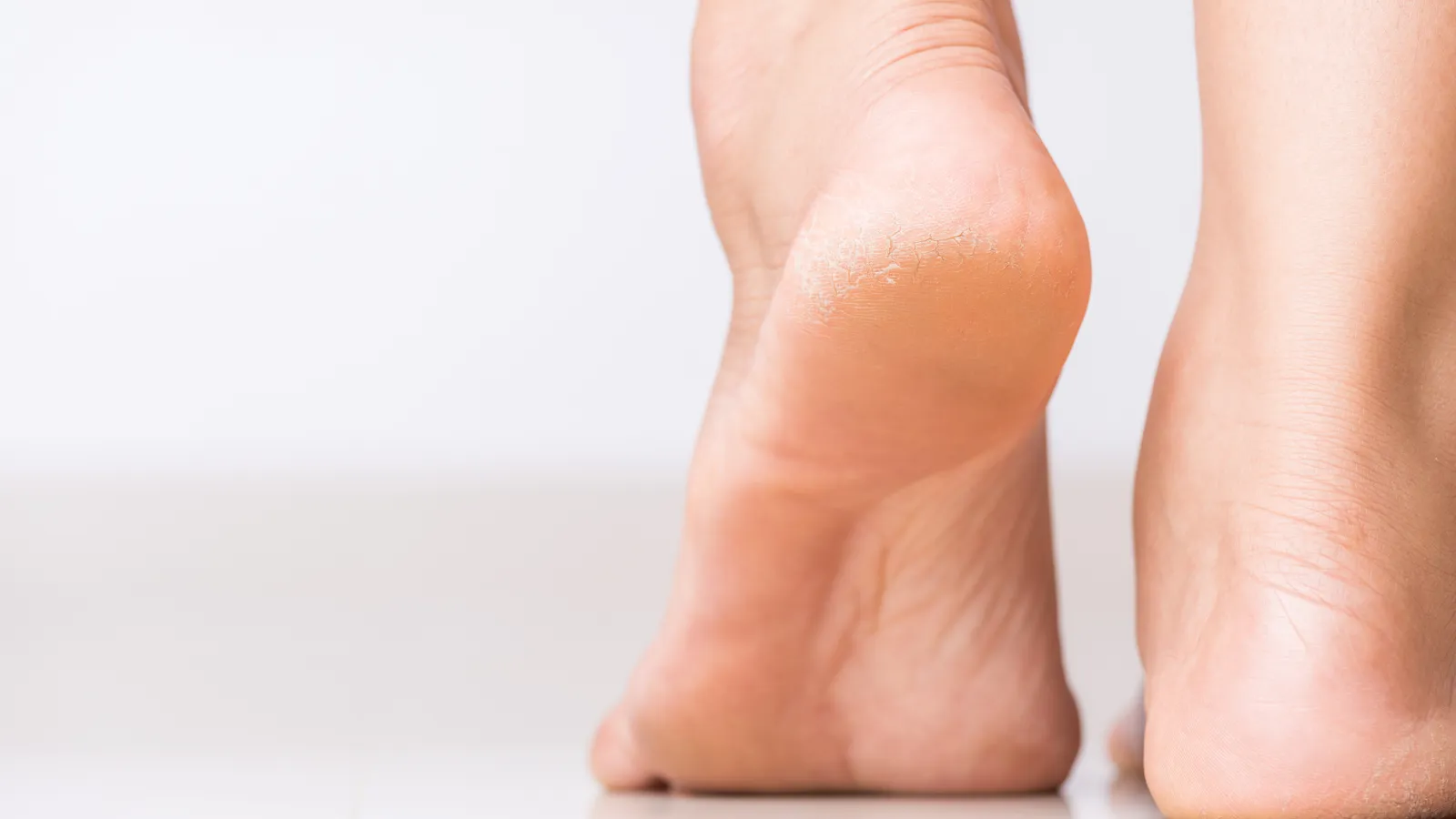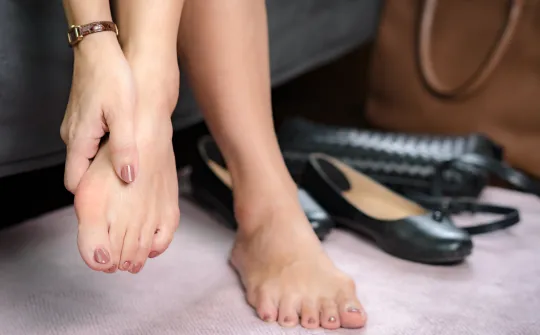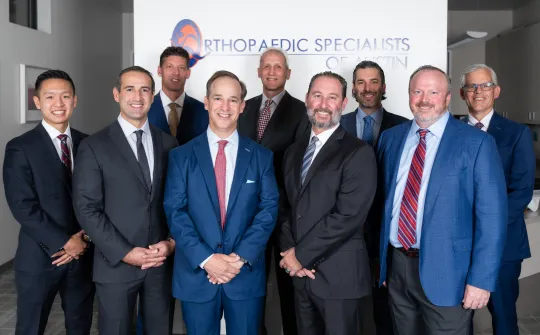
Heel Surgery
What is heel surgery and what can it treat?
Heel surgery is a minimally invasive procedure with incredibly life-changing results. It can treat conditions like heel spurs and plantar fasciitis, bringing you the relief you deserve.
Exercise, injuries, and aging can create heel spurs, leading to daily pain. They can also impede your mobility and cause plantar fasciitis. Thankfully there is an effective treatment that can alleviate your pain and address your bone spurs: heel surgery.

About Bone Spurs
Heel spurs, or calcaneal spurs, are painful growths that can form on your foot. They are calcium deposits that accumulate between the heel and arch due to stress on the foot ligaments. Unfortunately, spurs can impede your mobility and bring daily heel pain. If you develop bone spurs, the Orthopaedic Specialists of Austin in the Austin, TX, area can restore your comfort and mobility through surgical treatment. To help you understand how this surgery can benefit you, let's first take a look at the causes of bone spurs.
Bone spurs often form where two joints meet.
They can develop on your heels, along with other places on your body, such as your ankles, hips, and spine. Bone spurs can also affect a larger section of your foot: the plantar fascia.
What symptoms do bone spurs present?
If you have bone spurs on your heel or ankle, you're probably aware of them with every step. Symptoms include:
- Swelling and inflammation
- Heel pain (though not all people feel it)
- Visible bone-like protrusion around the heel
- Difficulty walking
What are some of the causes of bone spurs?
A variety of activities can lead to spurs along your heel bone. They include:
- Routinely engaging in high-impact exercises, like running
- Being born with a genetic predisposition to spurs
- Receiving injuries on your foot, heel, or tendon
- Having an above-average body weight
- Walking abnormally
- Living a sedentary lifestyle
- Having flat feet
- The aging process
How can I prevent bone spurs?
If you've had bone spurs in the past, you may be worried about getting them on your heel bone again. After all, not only are they painful on their own, but they can also cause other uncomfortable conditions.
Bone spurs sometimes have a genetic link, so you cannot fully prevent them. However, you can decrease your chances of developing bone spurs by implementing these changes to your lifestyle:
- Exercising regularly
- Maintaining a healthy weight
- Using shoe inserts for support
- Changing your shoes to a pair that fits better
Your bone spurs don't have to cause heel pain, stress, or decreased mobility. At Orthopaedic Specialists of Austin, our doctors can expertly remove the bone spurs on your ankle or heel through surgery.

Do I Have Bunions or Heel Spurs?
Though heel spurs and bunions both appear on your foot, they're two different conditions. Spurs usually occur on your ankle or the back of your foot at your heel. Bunions, however, form along your big toe. Bunions also have a different cause: toe bones that have shifted into the wrong areas.
Though bunions may also require surgical treatment, it's an entirely different surgical procedure than the one you would need for heel pain.

The best habits you can develop and maintain are:
- Wearing the proper footwear and support
- Eating healthy
- Giving yourself rest days
- Alleviating pain with ice
- Refraining from running on hard surfaces
- Visiting your orthopedist as soon as you notice any problems
- Choosing low-impact exercises, like swimming or water aerobics
- Stretching before working out
These practices will also improve your the overall health and longevity of your feet, preventing the need for ankle surgery and other invasive procedures. Plus, the above advice can also improve the health of your entire body. Have questions about ankle, tendon, and heel care?
About Plantar Fasciitis
What Is Plantar Fasciitis?
Bone spurs may cause another uncomfortable condition: plantar fasciitis. The plantar fascia is the ligament that connects the balls of the feet and the heel. When this ligament becomes inflamed, it results in a condition called plantar fasciitis.
What Are the Symptoms of Plantar Fasciitis?
Plantar fasciitis occurs because your fascia has been torn or overstretched. It results in a sharp pain as soon as you stand up or walk. In most cases, it will likely present with swelling, and it may cause you to limp.
How Can I Alleviate My Plantar Fasciitis?
Why Should I Choose an Orthopaedic Specialist Instead of a Podiatrist?
You've already spent time looking up heel pain, bone spurs, and surgical care. Now, you have one question left: who should I trust to treat me? Our orthopedic specialists can remove your spurs and restore function to your feet. We also have a distinct advantage compared to podiatrists.
Bone spurs can result from a heel, tendon, or ankle injury. The potential complexity of these causes is another reason you should visit an orthopedic specialist instead of a podiatrist. Unlike podiatrists, we have a deeper knowledge of the musculoskeletal system, specializing in how your bones and muscles connect and move together.
